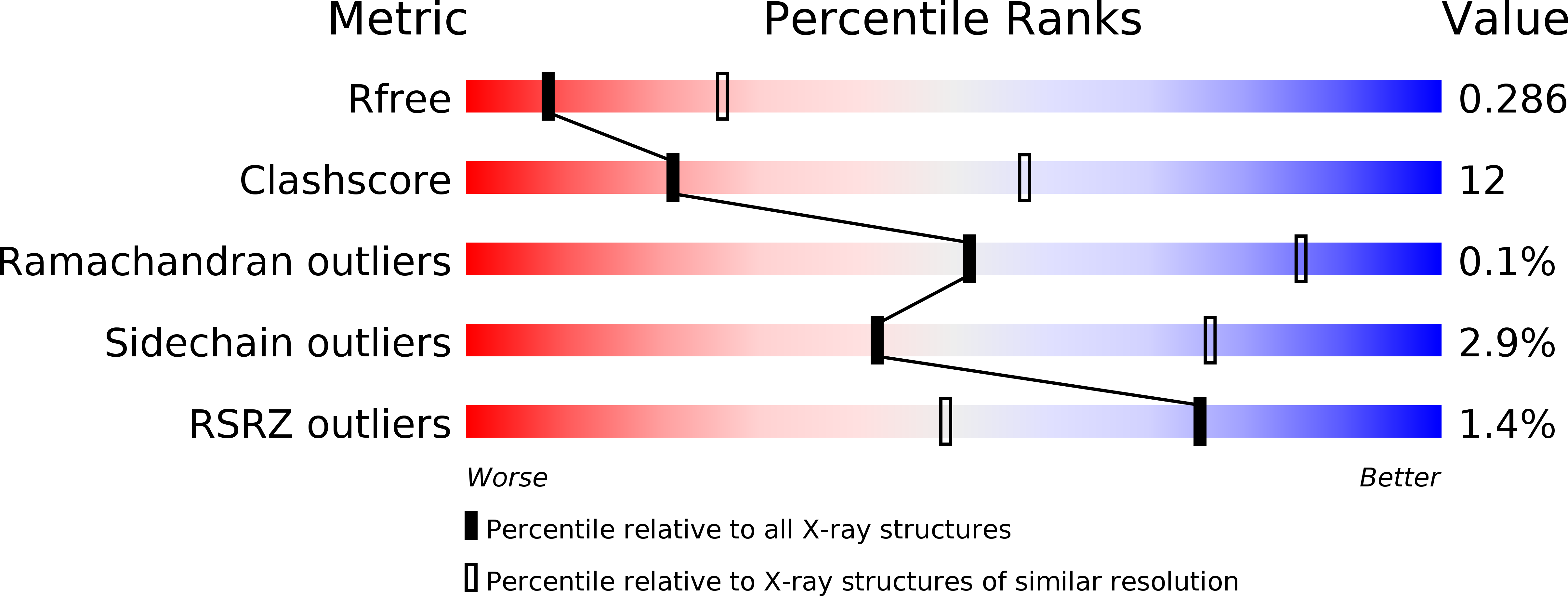
Deposition Date
2011-03-22
Release Date
2011-07-13
Last Version Date
2023-09-13
Entry Detail
PDB ID:
3R6Y
Keywords:
Title:
Crystal structure of chymotrypsin-treated aspartase from Bacillus sp. YM55-1
Biological Source:
Source Organism:
Bacillus sp. (Taxon ID: 96471)
Host Organism:
Method Details:
Experimental Method:
Resolution:
3.00 Å
R-Value Free:
0.29
R-Value Work:
0.23
R-Value Observed:
0.24
Space Group:
P 1 21 1


